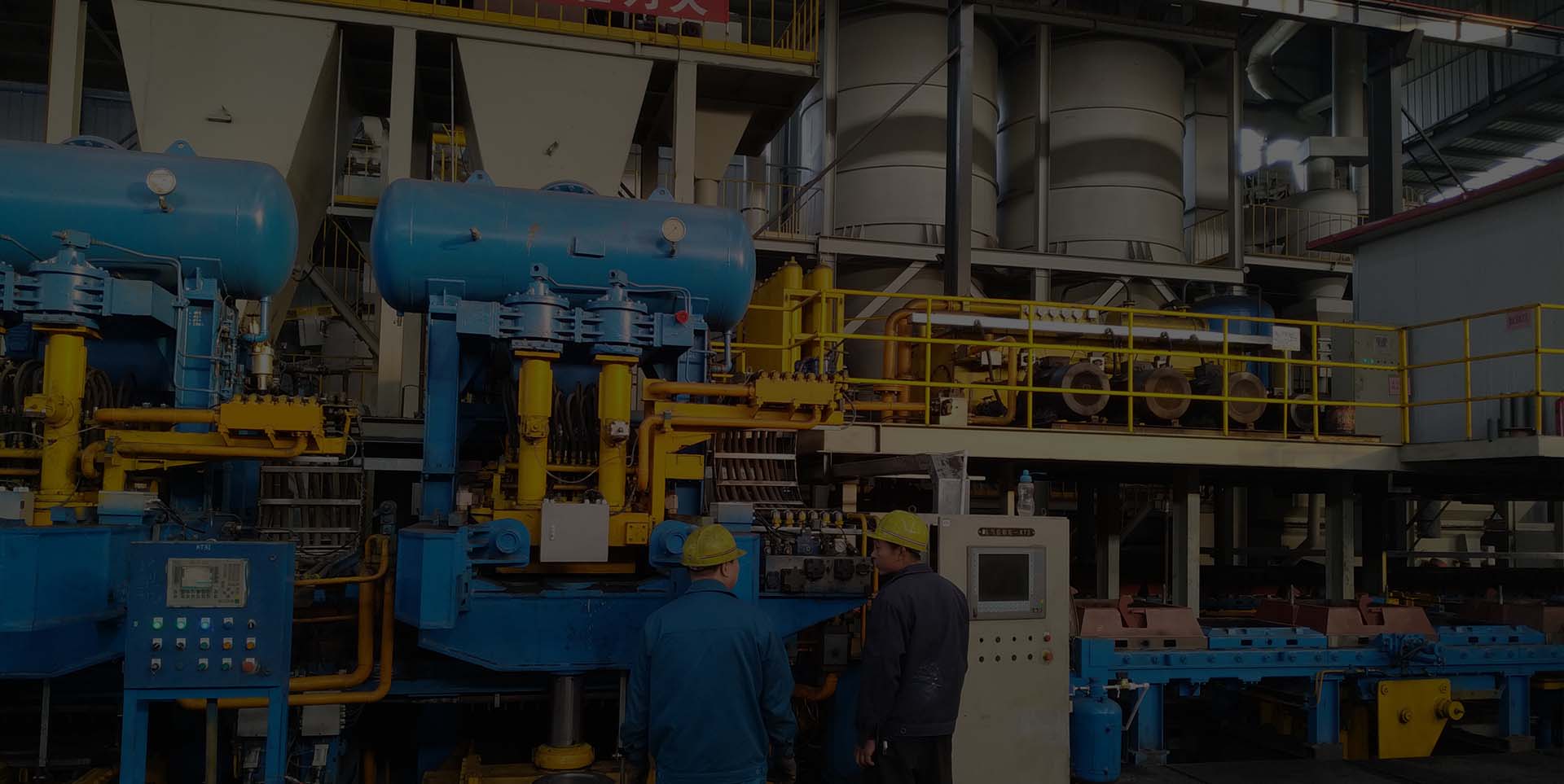
-
 Afrikaans
Afrikaans -
 Albanian
Albanian -
 Amharic
Amharic -
 Arabic
Arabic -
 Armenian
Armenian -
 Azerbaijani
Azerbaijani -
 Basque
Basque -
 Belarusian
Belarusian -
 Bengali
Bengali -
 Bosnian
Bosnian -
 Bulgarian
Bulgarian -
 Catalan
Catalan -
 Cebuano
Cebuano -
 Corsican
Corsican -
 Croatian
Croatian -
 Czech
Czech -
 Danish
Danish -
 Dutch
Dutch -
 English
English -
 Esperanto
Esperanto -
 Estonian
Estonian -
 Finnish
Finnish -
 French
French -
 Frisian
Frisian -
 Galician
Galician -
 Georgian
Georgian -
 German
German -
 Greek
Greek -
 Gujarati
Gujarati -
 Haitian Creole
Haitian Creole -
 hausa
hausa -
 hawaiian
hawaiian -
 Hebrew
Hebrew -
 Hindi
Hindi -
 Miao
Miao -
 Hungarian
Hungarian -
 Icelandic
Icelandic -
 igbo
igbo -
 Indonesian
Indonesian -
 irish
irish -
 Italian
Italian -
 Japanese
Japanese -
 Javanese
Javanese -
 Kannada
Kannada -
 kazakh
kazakh -
 Khmer
Khmer -
 Rwandese
Rwandese -
 Korean
Korean -
 Kurdish
Kurdish -
 Kyrgyz
Kyrgyz -
 Lao
Lao -
 Latin
Latin -
 Latvian
Latvian -
 Lithuanian
Lithuanian -
 Luxembourgish
Luxembourgish -
 Macedonian
Macedonian -
 Malgashi
Malgashi -
 Malay
Malay -
 Malayalam
Malayalam -
 Maltese
Maltese -
 Maori
Maori -
 Marathi
Marathi -
 Mongolian
Mongolian -
 Myanmar
Myanmar -
 Nepali
Nepali -
 Norwegian
Norwegian -
 Norwegian
Norwegian -
 Occitan
Occitan -
 Pashto
Pashto -
 Persian
Persian -
 Polish
Polish -
 Portuguese
Portuguese -
 Punjabi
Punjabi -
 Romanian
Romanian -
 Russian
Russian -
 Samoan
Samoan -
 Scottish Gaelic
Scottish Gaelic -
 Serbian
Serbian -
 Sesotho
Sesotho -
 Shona
Shona -
 Sindhi
Sindhi -
 Sinhala
Sinhala -
 Slovak
Slovak -
 Slovenian
Slovenian -
 Somali
Somali -
 Spanish
Spanish -
 Sundanese
Sundanese -
 Swahili
Swahili -
 Swedish
Swedish -
 Tagalog
Tagalog -
 Tajik
Tajik -
 Tamil
Tamil -
 Tatar
Tatar -
 Telugu
Telugu -
 Thai
Thai -
 Turkish
Turkish -
 Turkmen
Turkmen -
 Ukrainian
Ukrainian -
 Urdu
Urdu -
 Uighur
Uighur -
 Uzbek
Uzbek -
 Vietnamese
Vietnamese -
 Welsh
Welsh -
 Bantu
Bantu -
 Yiddish
Yiddish -
 Yoruba
Yoruba -
 Zulu
Zulu
Comparison of Drum and Disc Brakes in Automotive Applications for Optimum Performance and Safety
Drum and Disk Brakes An In-Depth Comparison
When it comes to automotive safety and performance, braking systems are among the most critical components. Two commonly used types of brakes are drum brakes and disk brakes. Each system has its unique mechanics, advantages, and disadvantages, making them suitable for different applications and vehicle types.
Mechanics of Drum and Disk Brakes
Drum brakes consist of a cylindrical drum that rotates with the wheel. Inside the drum are brake shoes that are pushed outward against the drum's inner surface when the brake pedal is pressed. This friction slows down the wheel's rotation. On the other hand, disk brakes employ a flat, circular disk (rotor) that spins with the wheel. When the brake pedal is pressed, calipers clamp brake pads against the rotor, creating friction that decelerates the wheel.
Advantages of Drum Brakes
One of the primary advantages of drum brakes is their cost-effectiveness. They are generally cheaper to produce and install than disk brakes, making them a common choice for budget-friendly vehicles. Another benefit of drum brakes is their ability to provide more forceful braking when adjusted correctly, particularly in larger vehicles like trucks and buses. Moreover, drum brakes excel in providing a larger surface area for friction, which can be beneficial in certain driving conditions.
Additionally, drum brakes are less susceptible to water and debris because they are enclosed. This feature can help maintain braking power in adverse conditions, making them a reliable choice for some applications. Furthermore, drum brakes often require less frequent maintenance in low-performance situations, such as city driving.
Advantages of Disk Brakes
drum and disk brakes

In contrast to drum brakes, disk brakes offer superior performance, particularly in high-speed or high-performance scenarios. The open design of disk brakes allows for better heat dissipation, reducing the risk of brake fade — a condition where brakes lose effectiveness due to overheating. This is particularly crucial for sports cars and in conditions requiring frequent stopping or high-speed driving.
Disk brakes also respond more quickly and precisely than drum brakes, providing better control and responsiveness. Their design typically results in a more consistent braking experience, as there is less variability in braking performance regardless of conditions. Additionally, inspecting and replacing pads in disk brake systems is generally easier than servicing drum brakes. Mechanics can easily see the condition of the brake pads, leading to more straightforward maintenance.
Disadvantages of Drum and Disk Brakes
Despite their advantages, both types of braking systems also have downsides. Drum brakes can experience problems related to overheating, which may lead to brake fade in situations of continuous heavy braking. Their components are also more complex, which can increase repair costs and time.
On the other hand, disk brakes tend to be more expensive to manufacture and maintain. The calipers and rotors require precise tolerances to function effectively, and if these are not adequately maintained, it can lead to more significant issues. Furthermore, disk brakes are more susceptible to dirt and grime, which can impair their functionality if not regularly cleaned.
Conclusion
In summary, drum and disk brakes each possess distinct characteristics that cater to various needs and preferences in the automotive industry. Drum brakes offer a cost-effective solution with robust potential for larger vehicles, whereas disk brakes provide exceptional performance and reliability, particularly in high-demand driving scenarios. Understanding the differences and applications of these braking systems can help vehicle owners make informed decisions about their vehicle's maintenance and upgrades. Whether safety, performance, or cost is the priority, both braking systems play vital roles in ensuring vehicle operability and driver security.
-
What Are Drum BrakesNewsJul.07,2025
-
Understanding Brake Drum MaterialNewsJul.07,2025
-
Semi-Trailer Brake Drum: A Key Component for Extreme Loads and Long-Distance TransportNewsJul.07,2025
-
Drum Brake Pads for SaleNewsJul.07,2025
-
Brake Drums for SaleNewsJul.07,2025
-
Brake Drum ManufacturerNewsJul.07,2025
-
Aluminum Brake Drums: The Future of High-Performance CarsNewsJul.07,2025
